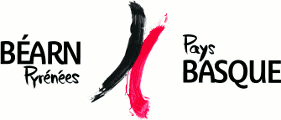A taste of sunshine
The Jurançon vineyards spread over 40 kilometres at the feet of the Pyrénées, on 30,000 acres of hills that enjoy a climate pairing the rigour of the mountain with the softness of the ocean.
We love !
- the passionate wine-growers
- harvest season
- discovering the wine with its creator
The region’s Indian summer and the warm wind offer an exceptional sweet wine, giving it all the body that made its reputation.
The French certification Appellation d’Origine Contrôlée was obtained in 1936 for the sweet wine – making it one of the first in France – and in 1975 for the dry wine. Jurançon wines are sweet and amber-coloured white wines that, depending on the vintage, age beautifully.
Jurançon is produced with a blend of traditional varieties of grapes:
- Gros manseng : grape variety used for dry and younger sweet Jurançon wines. Tart and strong, it represents 70% of the cultures.
- Petit Manseng : the grape variety which produces the greatest sweet wines. It is high in sugar and represents 25% of the cultures.
- The courbus, camaralets and lauzets : typical Pyrénées grape varieties. They offer spicy flavours to the wine but represent a mere 5% of the cultures.
Over 60 independent wine-growers welcome you to their wineries. Their wines can also be discovered at the House of Wine in Lacommande.
Two successive harvests
Here, the harvest begins early in October with the gathering of most of the gros manseng for the confection of dry Jurançon wine. Once ripened from the autumn sun, the same vines will be harvested a month later for the production of traditional sweet Jurançon wines..
The petit manseng is picked in several stages, at the end of November and the beginning of December. The grapes, raisined by the sun and the hot Southern wind, will turn into the grands crus of sweet Jurançon wine.
Production
The wine-making process spreads out across several months, depending on the types of wine, sweet or dry. Once harvested, the raisin is pressed and macerates in its juice at low temperatures until it has finally settled. The clarified juice is then fermented in barrels until the sugars turn into alcohol. This is shortest stage for sweet Jurançon wine which, contrary to its dry counterpart, has high sugar levels.
Finally, the maturing in wooden barrels lasts 3 months for dry wines and 18 months for the prestigious sweets wines.


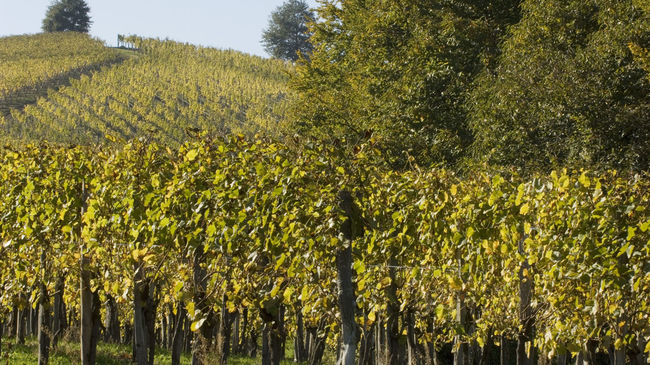
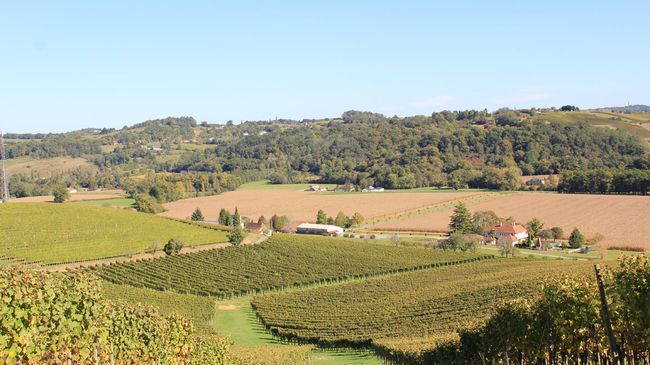
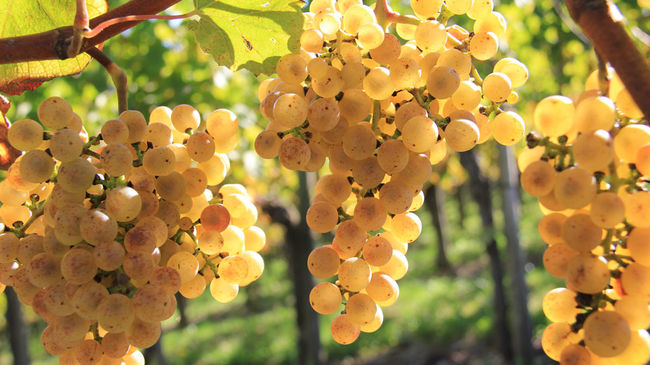
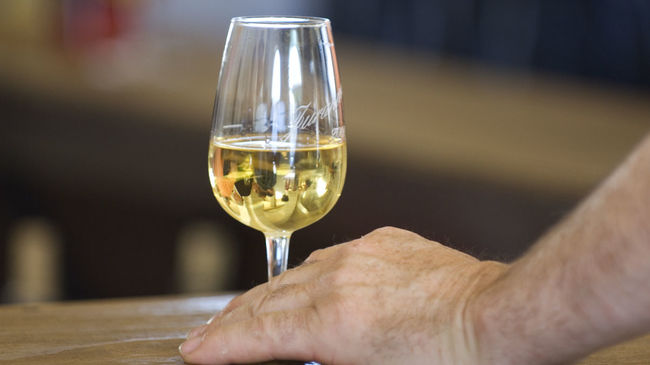
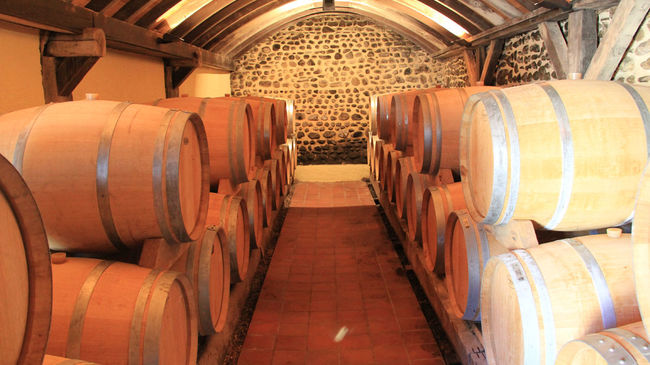
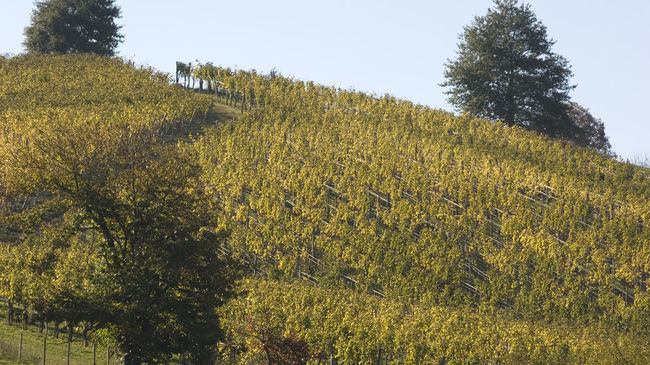
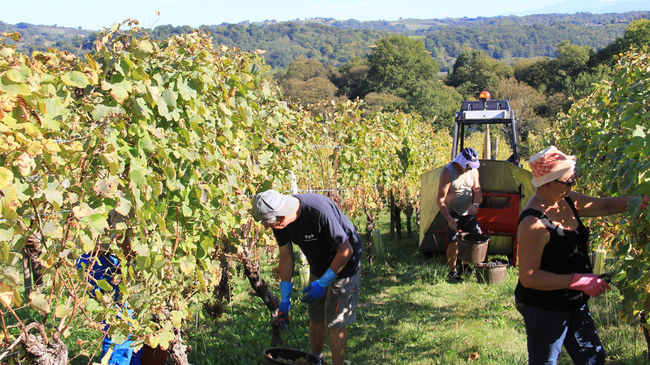
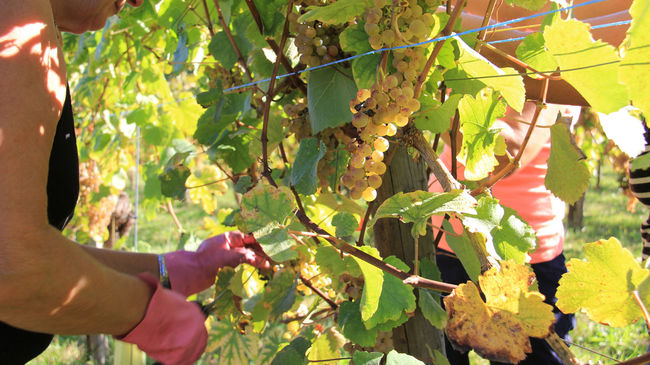
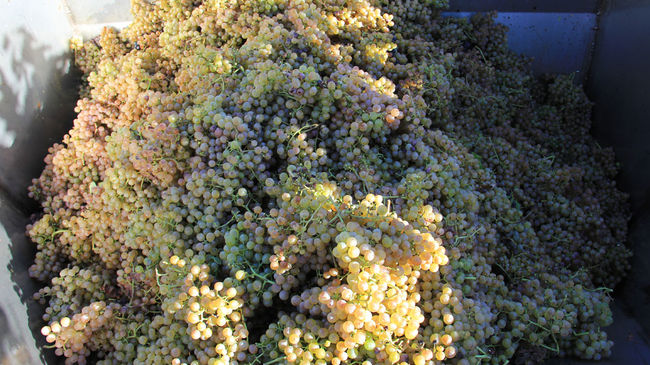
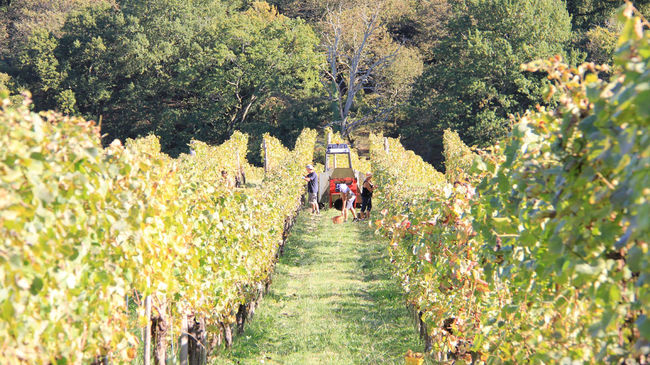
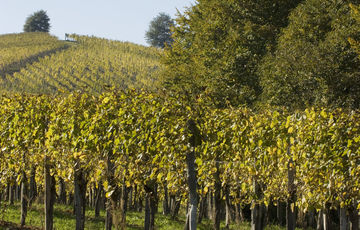
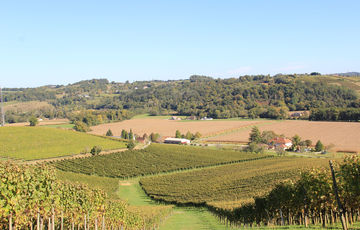
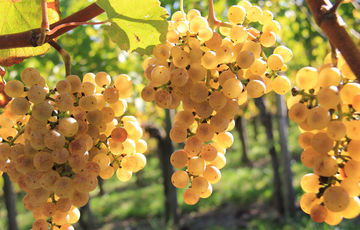
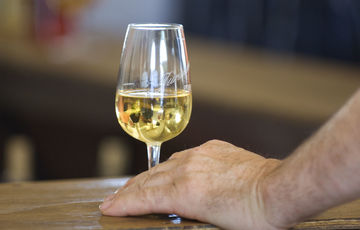
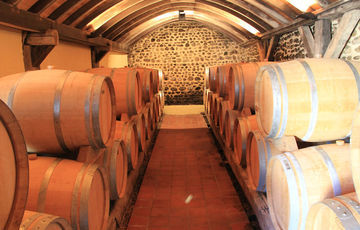
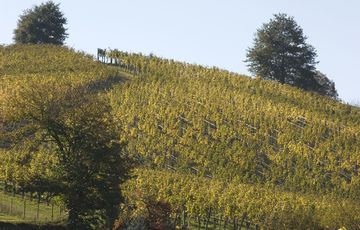
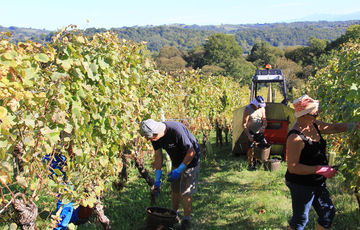
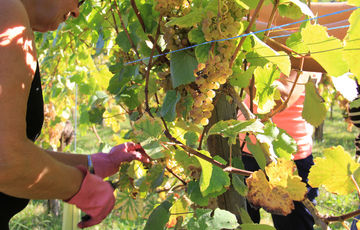
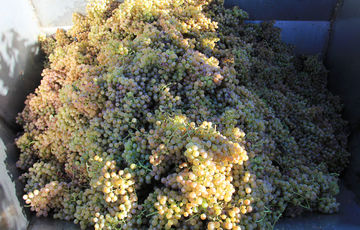
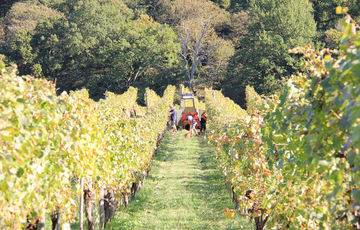
![[Translate to English:] Hôtels, chambres d'hôtes, gîtes, réservez votre hébergement pour profitez pleinement de votre week-end ! Week-end Portes Ouvertes en Jurançon](https://www.coeurdebearn.com/fileadmin/_processed_/7/6/csm_Week-end_portes_ouvertes_Jurancon_d8225ae2ce.jpg)




